— By William O’Connor
Expanding upon my theme of influential photographers on contemporary illustration I am this month going back to the 19th century and the dawn of photography.
It is impossible to underestimate the influence that photography has had on the visual arts. Prior to photography in the second half of the nineteenth century the world as we were able to record it was only visible through the human eye. Photography came to reveal that the human eye was flawed and our perceptions of the world were not how the world actually looked. The influence that this revelation had on science, philosophy and most importantly art is remarkable. For the first time artists were able to see the world as it was and not how we imagined it. Lens flares, motion blurs, freeze frames, multiple exposures and a host of other photographic effects changed the way artists made paintings, abandoning the static posed tableaus of models in artist’s studios of the previous centuries for modern images of action, lighting effects and movement.
Perhaps no other photographer was as important to this new technology as Edward Muybridge (1830-1904). Born and raised in England at the beginning of the Industrial Revolution he had traveled and worked in publishing in America until and accident had him begin a new career in the emerging tech industry sector of photography. By the 1870’s Muybridge began to experiment with the new technology to try to capture the movement of horses to answer the question of whether all four hooves ever were off the ground at once. Artists had been debating the question in order to properly depict galloping horses, but the phenomenon had never been seen. Muybridge set up twelve cameras along a track with shutters strung to threads that would be triggered as the horse ran past. The images that were captured proved that indeed, for a split second, all four hooves of a horse could leave the ground, but not in the spread eagle imaginings of artists, but curled in under their body. (16 Photos below, used to make GIF above.)
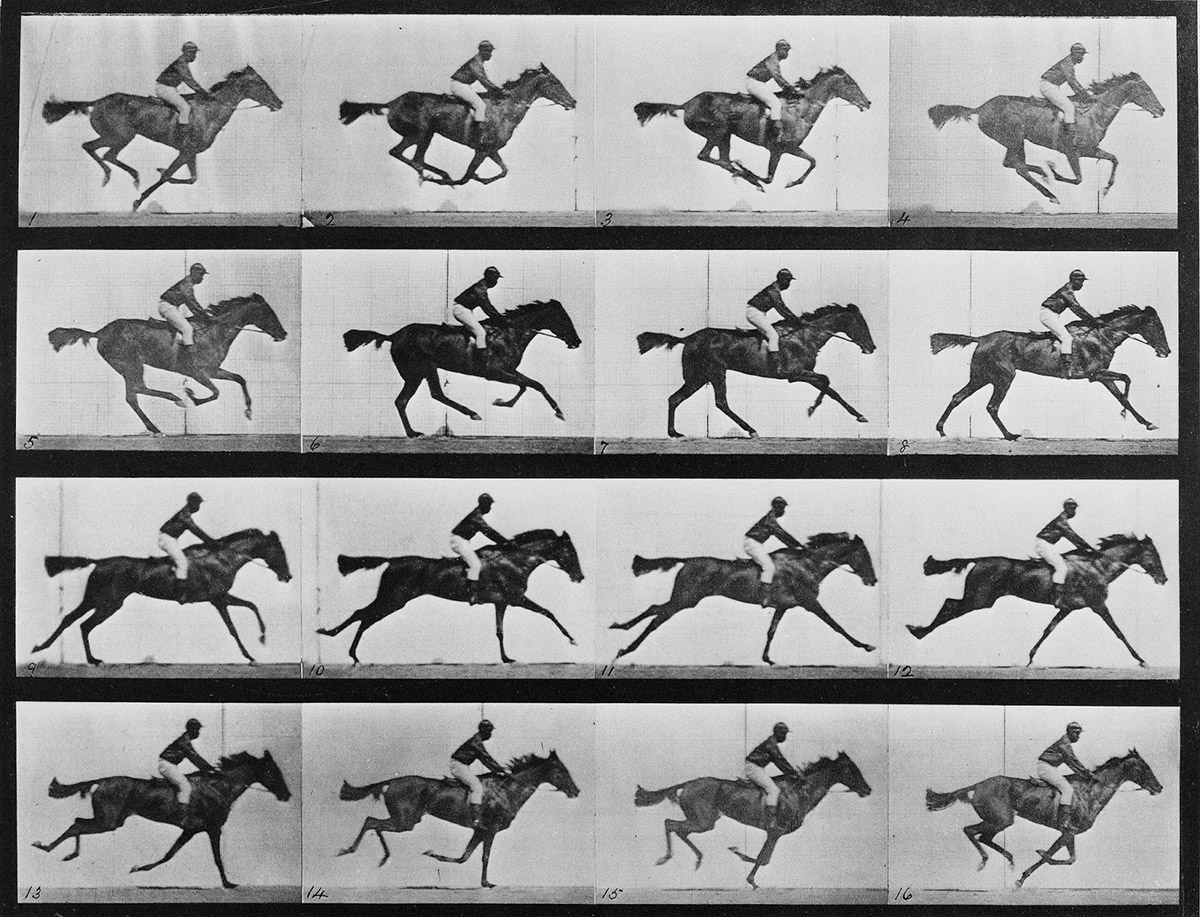
“The Horse in Motion” studies made Muybridge famous and he traveled through Europe and America making thousands of motion studies of animals and people up until his decline in the 1890’s. The influence of Muybridge is hard to understate. The motion studies laid the ground work for motion pictures, stop motion animation, special effects and high speed photography that today is difficult to imagine living without. Most important to us as illustrators Muybridge was able to supply artists with a wealth of information and documentation about movement, anatomy, and design that was unknown before and is still being used today.
Enjoy!
Selection of Muybridge Studies:
Artists Influenced by Muybridge Photos
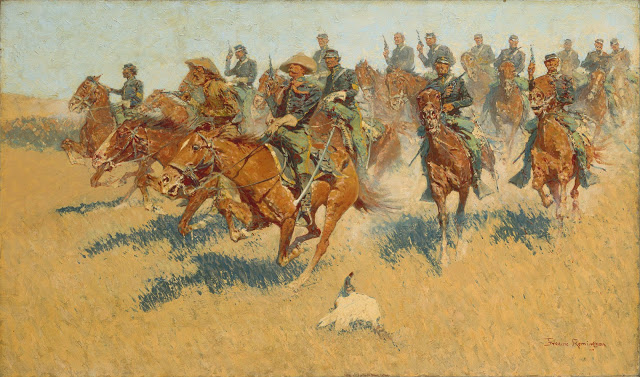 |
| F. Remmington “On the Southern Plain” 1907 |
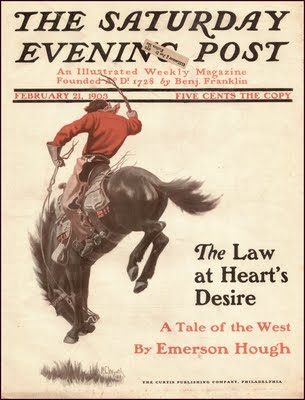 |
| NC Wyeth (1st Cover) 1903 |
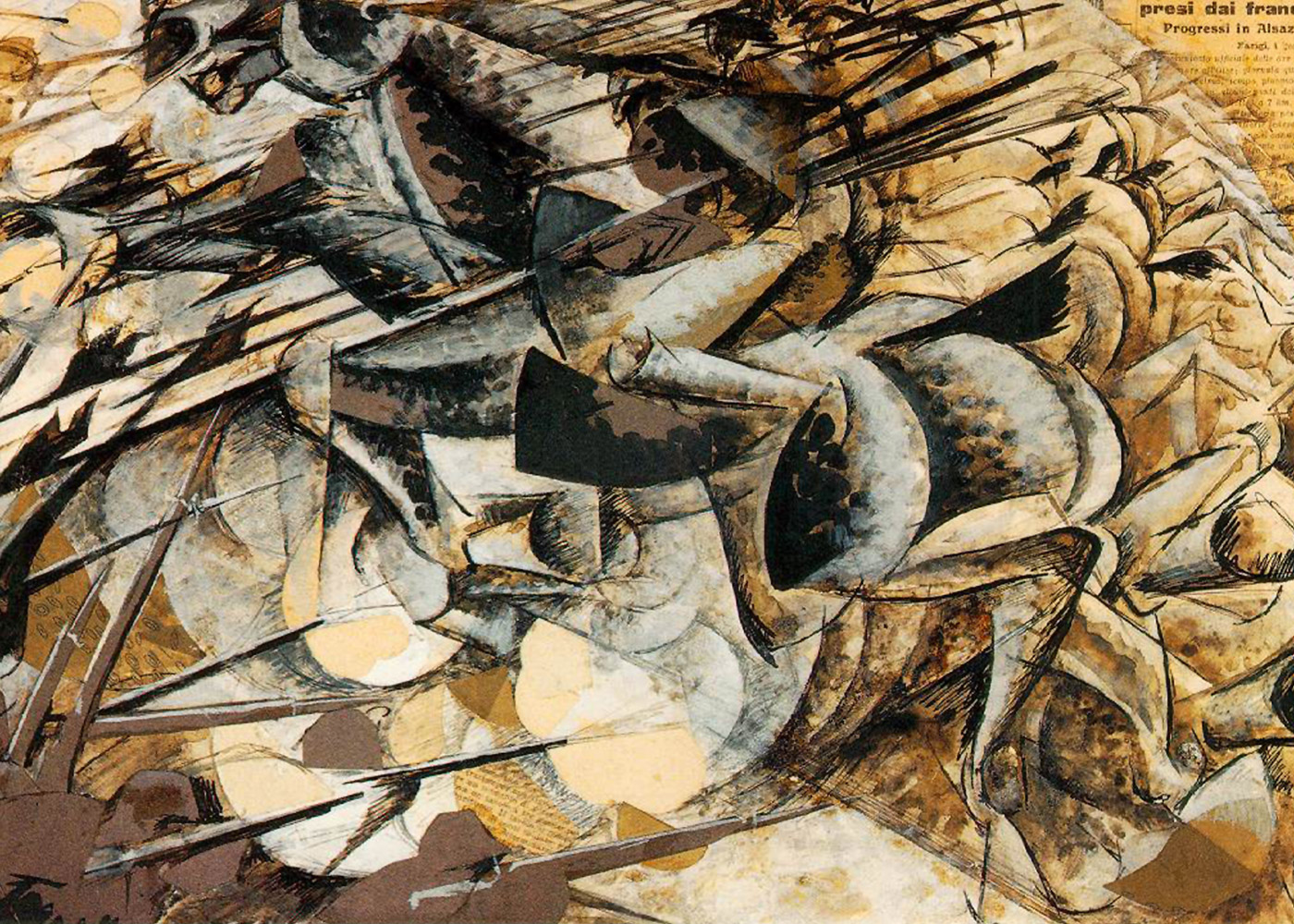 |
| Boccioni “Charge of the Lancers” 1915 |
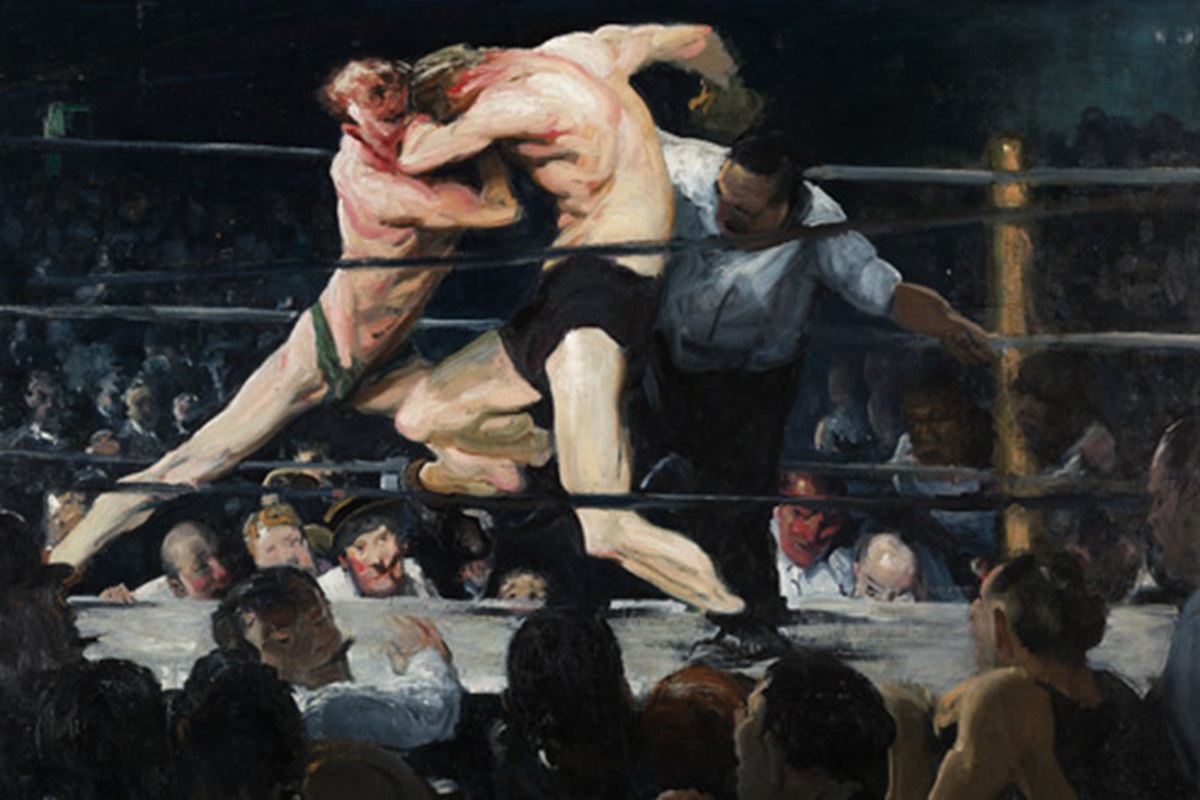 |
| G. Bellows “Stag at Sharkey’s” 1909 |
 |
| M. Duchamp “Nude Descending a Staircase” 1912 |




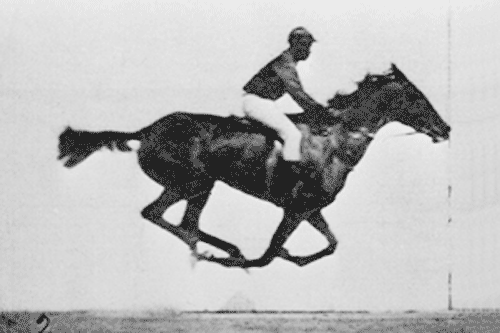




Nice post, thanks. Not quite analogous to his influence on art, but worth a mention, is “The Photographer” a chamber opera by composer Philip Glass, based on the life and homicide trial of Muybridge.
Great post. I love this stuff and the history behind it. I think it is probably important to note the impact Thomas Eakins had on Muybridge and the design of the photographic apparatus used to capture so many of Muybridge's accurate photo experiments.. I find it disheartening that Muybrudge often receives sole credit when Eakins was such a major part of that process. I would love to go into more detail but there are plenty of resources out there that describe it better a than I ever could. Perhaps a plug or two is in order? With your permission of course.
Shaun
Shaun- Thats an excellent point, and I was going to go into the Eakins releationship, but I was trying to keep this simple, Yes, please, Everyone study Eakins!…you know, I'll do an AOTM on Eakins as a follow-up. Thanks.
I was unaware that Glass made and opera but I will check it out I love his work! I didn't want to get bogged down in Muybridges personal life in a blog intended to be abrief primer, so I simply referred to the end of his career as his “delcline”, I hope everyone will go and do their own research and learn more!!
Thanks for the kind comment. I feel as if I may have stepped on your toes with my post. Certainly not from anything you wrote, your words were quite kind. I've read all your posts and your knowledge is exceptional. I should have known you were aware. Sorry about that. I'm looking forward to your follow up post on Eakins abs when I get home Ill pull out a few bits on info to post. In the meantime there's always the book titles “The Revenge of a Thomas Eakins.” A great piece to start with, Kirkpatrick does a great job of exploring Eakins' involvement with Muybridge as well dispelling the many art school and museum myths that seem to have developed through the years. Link to “Revenge of Thomas Eakins is below.
https://www.amazon.com/Revenge-Thomas-Eakins-Sidney-Kirkpatrick/dp/1499648073#productDescription_secondary_view_div_1505584685117
A few typos, sorry about that folks. Big thumbs, tiny phone screen.
Shaun- Don't apologize, the Muddy Colors community is a conversation. Its always great to hear other people's ideas and thoughts. Thanks again.